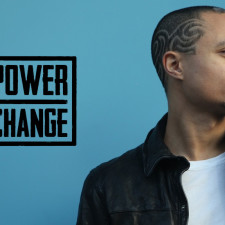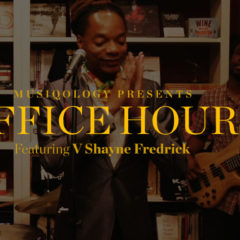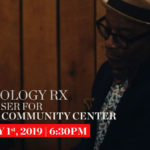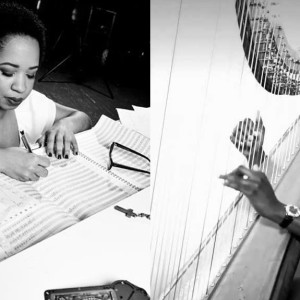This past Friday, an officer of the Madison, Wisconsin Police Department shot, and killed, eighteen year old, Anthony Terrell Robinson. While we await further details on the killing, police confirmed that Robinson was unarmed at the time at which the officer (whose name has not been released) shot him.
So now, Tony’s name joins an ever growing list of unarmed Black and Brown men, women, and transwomen who have been killed by law enforcement or those who believe they have the rights of law enforcement.
All this emerges as the Equal Justice Initiative released a report that we have underestimated the number of racial lynchings that we believed occurred nearly 100 years ago.
“The report says that in the 1877-to-1950 period, at least 3,959 Black people were killed in “racial terror lynchings.” This is 700 more than has been documented in previous reports. The authors of the report included only those incidents where Blacks were killed by a group of three or more people and were reported in a newspaper. The authors state that lynchings were public events and were used to instill fear in the African American population. Therefore, they believe most racial terror lynchings were widely reported.”
We are not the only ones considering the similarities between these unarmed killings and the lynching era. Lifelong Florida educator and artist, R. Bruce Brown shared his art and these words with us. As we commemorate “Bloody Sunday” in Selma, Alabama in 1965 and as another family prepares to bury a young Black child, reflections on the lynching era feel ever more poignant.
Bruce Brown writes:
THEN: Nineteenth century lynching was tantamount to a spectator sport. It was advertised in advance, similar to the method of announcing sporting events of today. People would travel from great distances, pack picnic lunches and spread themselves out about the venue with unbridled anticipation to enjoy the macabre spectacle. There were even some who would scramble about to be among those fortunate enough to remove gruesome remnants from the scene [bones, flesh, bloodied garments, etc.,] to cherish as souvenirs of an afternoon of hideous entertainment. Ida Bell Wells-Barnett, an African American journalist and newspaper editor, was a proud and prominent anti-lynching crusader. In an excerpt from southern horrors and other writings, the anti-lynching campaign of Ida b. Wells, 1892-1900 she expressed that, “Lynching is an unjustifiable act of economic jealousy and sexual anxiety. An instrument of terror and control.” Such was the policing of a population. Lynching did not always involve a rope and a tree.
NOW: Currently, in the twenty-first century, the killing of Black men in America continues to reach odious levels of disgust and discontentment. There is a subculture which is frustrated with its failure to subdue the mind and the will of Black men, even by subliminal means. They choose to disdain, submerge and subvert the accomplishments of Black men, dismissing their achievements by covering them with the mythological robes of African-American history . The very youngest of our Black male population are shot down in cold blood and “killed dead” by those who presume to hide behind the facade of a police badge, or by those who have a psychopathic desire to hide thereabouts. No matter how old or how young the victim may be, he is still some mother’s baby: Black Lives Matter.
R. Bruce Brown
As a benediction to this meditation, we offer Ambrose Akimusire’s “Rollcall for Those Absent.” The real tragedy is that although Ambrose recorded the song in 2014, there are many more names that now belong on this roll.
Tags: ambrose akinmusire, art, black art, black lives matter, bruce brown, law enforcement, tony robinson, unarmed black men

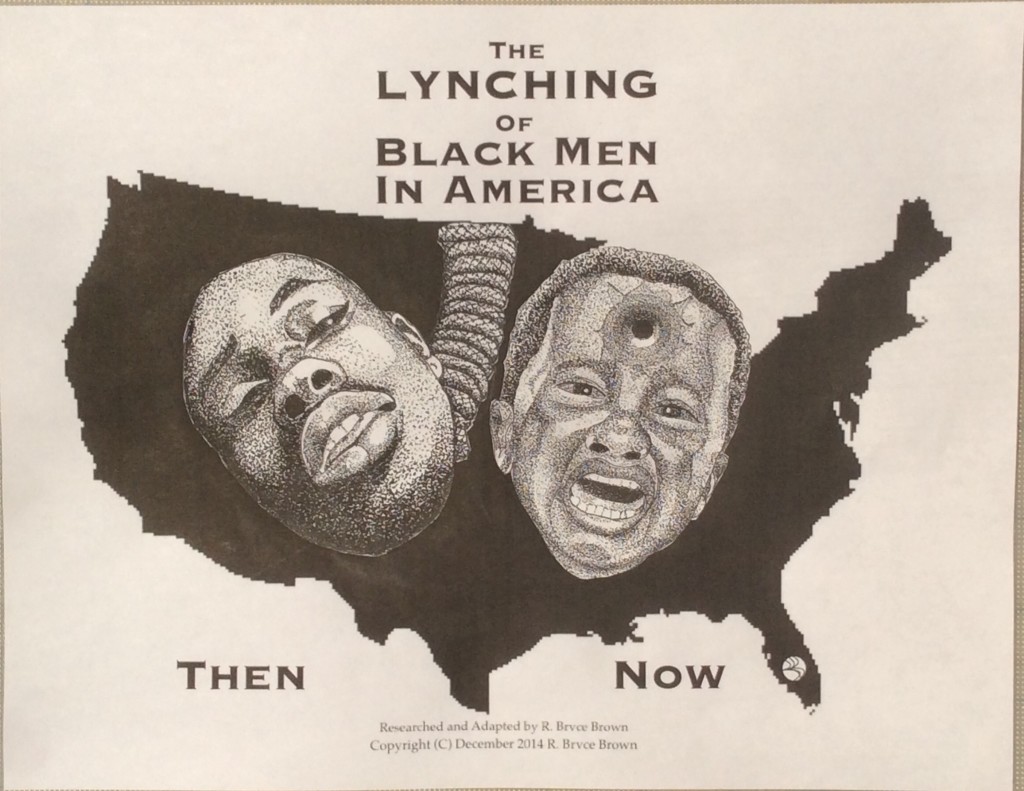
 Share On Facebook
Share On Facebook Tweet It
Tweet It




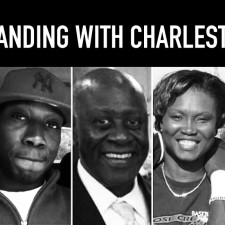
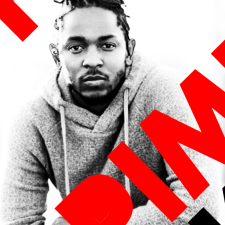
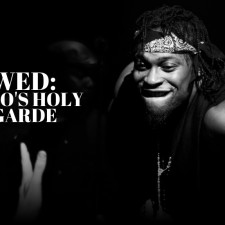
![Watch D’Angelo’s Powerful Performance of “The Charade” on Saturday Night Live [VIDEO]](https://musiqology.com/blog/wp-content/uploads/2015/02/dangelosnl-225x225.jpg)
